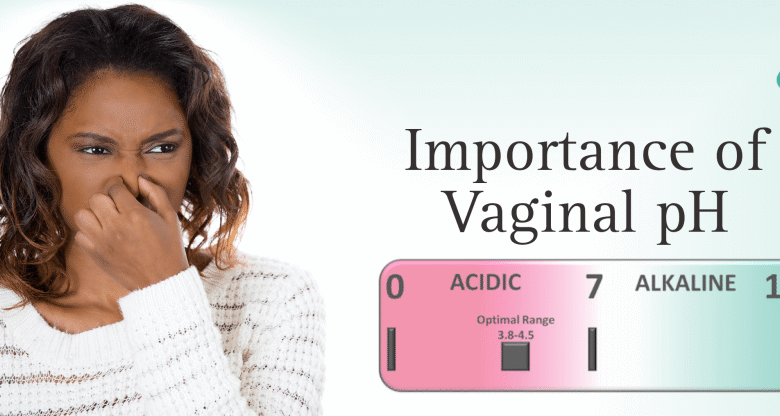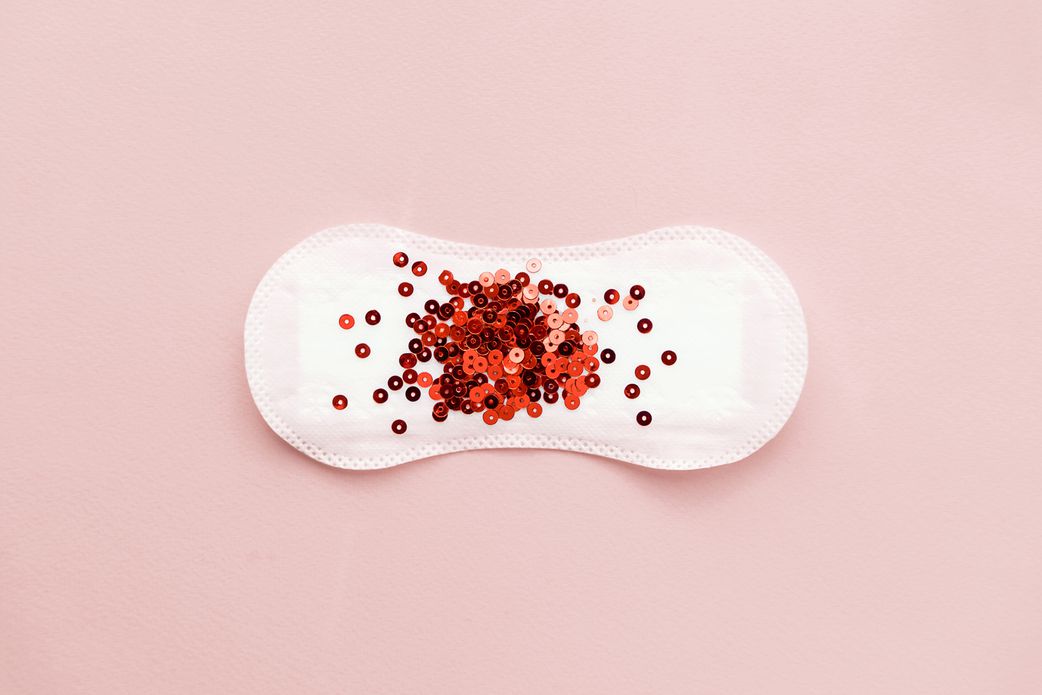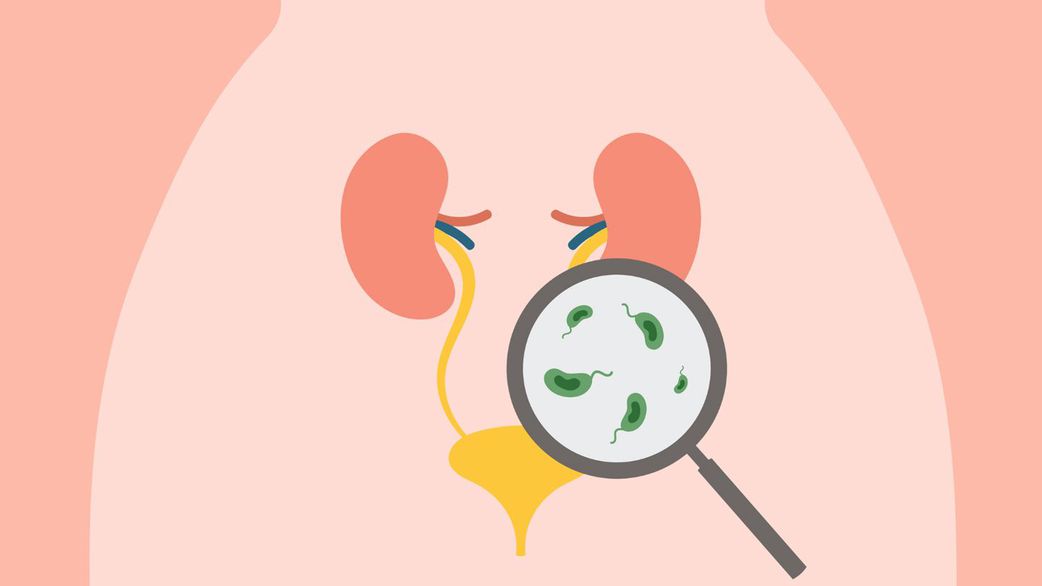How to Check Vaginal pH Balance at Home: Step-by-Step Guide

The vagina is a remarkable, self-regulating ecosystem. At its core, its health is maintained by a delicate balance of bacteria and a specific level of acidity, known as its pH. A healthy vaginal pH is naturally acidic, typically falling between 3.8 and 4.5. This acidity acts as a fantastic defence mechanism, creating a natural barrier against harmful bacteria, yeast, and other pathogens that can cause infections.
When this balance is thrown off, it can lead to a host of uncomfortable symptoms, from unusual discharge and unpleasant odours to persistent itching and burning. Knowing how to check your vaginal pH at home can be a powerful tool, empowering you to better understand your body and address potential issues before they become full-blown infections.
What Disrupts The pH Balance?
Understanding what can disrupt this delicate balance is the first step towards maintaining it. Several factors can cause your vaginal pH to rise, making you more susceptible to infections.
1. Sexual Activity
Semen is naturally alkaline, with a pH typically ranging from 7.2 to 8.0. The introduction of this fluid can temporarily alter the vagina’s naturally acidic environment, pushing the pH level up.

While the vagina is designed to self-regulate, frequent or unprotected intercourse can sometimes overwhelm this natural balance, making it easier for harmful bacteria to thrive.
READ ALSO: Be UNIQUE! Discover your personal fashion style with these proven steps
2. Menstruation
Menstrual blood also has a slightly alkaline pH, which can raise the vaginal pH during your period.

Using certain products, such as tampons or menstrual cups, can also affect the balance. This is why some women are more prone to infections like thrush around their period.
3. Harsh Products
Using perfumed soaps, internal washes (douches), or other harsh, non-pH-balanced products is one of the quickest ways to disrupt your natural flora.

These products can strip away the beneficial lactobacilli bacteria that maintain a healthy acidic environment, creating an open invitation for unwelcome microorganisms.
ALSO READ: What really happens to the brain during a heartbreak?
4. Medications
Certain medications, most notably antibiotics, can have a broad impact on your body’s bacterial balance.

While they are crucial for treating infections, they can also unfortunately kill off the good bacteria in your vagina, which can easily lead to a pH imbalance and subsequent infections like thrush.
READ ALSO: Here what consuming cranberry can do to your vagina
How to Check Your Vaginal pH at Home
The easiest and most reliable way to check your vaginal pH at home is by using a dedicated vaginal pH test kit. These kits are widely available in pharmacies, online, and in some supermarkets, and they are designed for both accuracy and ease of use.

A typical kit contains a few pH test strips, which look like small strips of paper or a small swab. These strips are treated with a special chemical that changes colour when it comes into contact with different pH levels. The kit will also include a colour chart for you to compare your results against.
While the process is straightforward, every kit is slightly different, so be sure to read the instructions carefully before you begin. Always start by washing and drying your hands thoroughly to avoid contaminating the sample.
Gently hold the pH strip or swab by the provided handle and carefully insert the tip into your vagina. Follow the instructions to ensure you are getting a good sample of the vaginal fluid. You typically just need to touch it to the vaginal wall for a few seconds.
After a few moments, remove the strip and let it sit for the recommended time. Then, compare the resulting colour on the strip to the colour chart provided in the kit. A result showing a pH between 3.8 and 4.5 is generally considered a healthy, normal range. A result showing a pH of 4.6 or higher can indicate a pH imbalance, which creates a favourable environment for the growth of harmful bacteria and can lead to conditions like bacterial vaginosis (BV).
READ ALSO: Clear signs a man is desperate in the talking stage
When to Consult a Professional
How your vagina changes in your 20s, 30s, and 40s
While home tests are a brilliant first step, it’s important to remember they’re a guide, not a definitive diagnosis. If your test results are out of the normal range, or if you are experiencing any of the following symptoms, it’s always best to consult a doctor or a sexual health clinic:
These symptoms could be signs of an infection that requires a professional diagnosis and treatment. By regularly checking your pH and paying close attention to your body’s signals, you’re taking proactive steps to maintain your intimate health and well-being. It’s a simple habit that can empower you to feel more in control and confident in your body.





